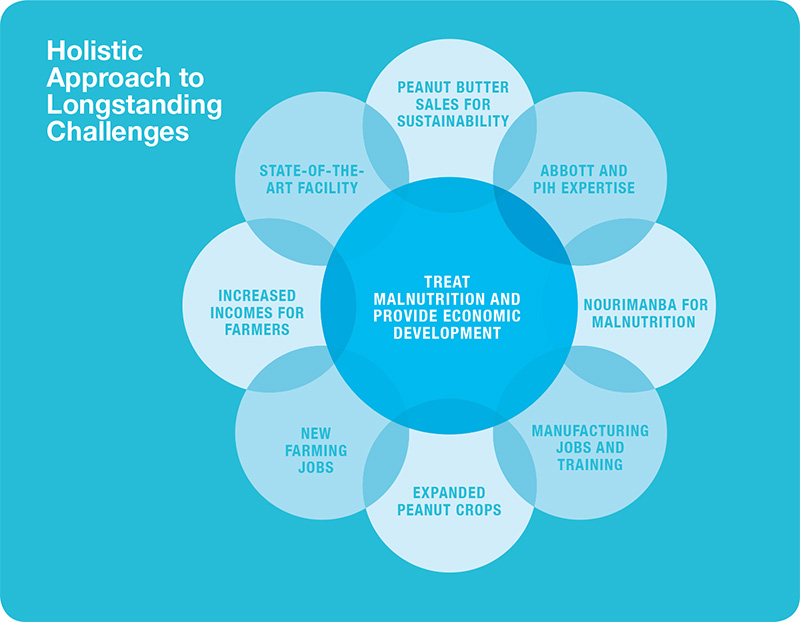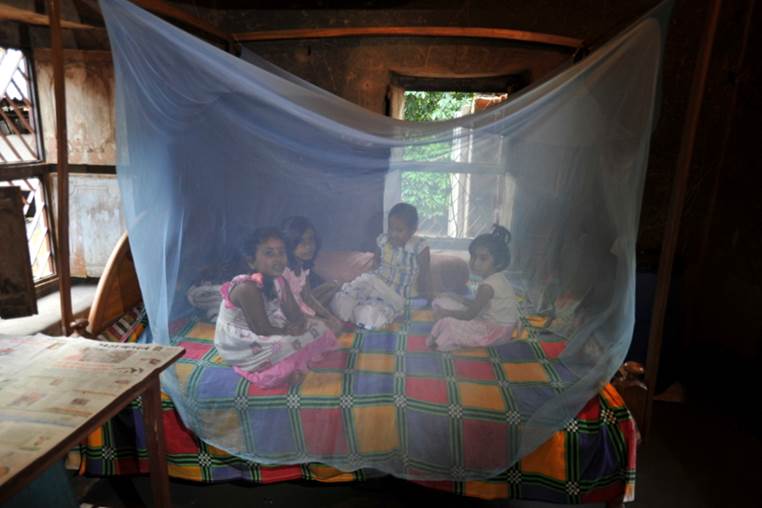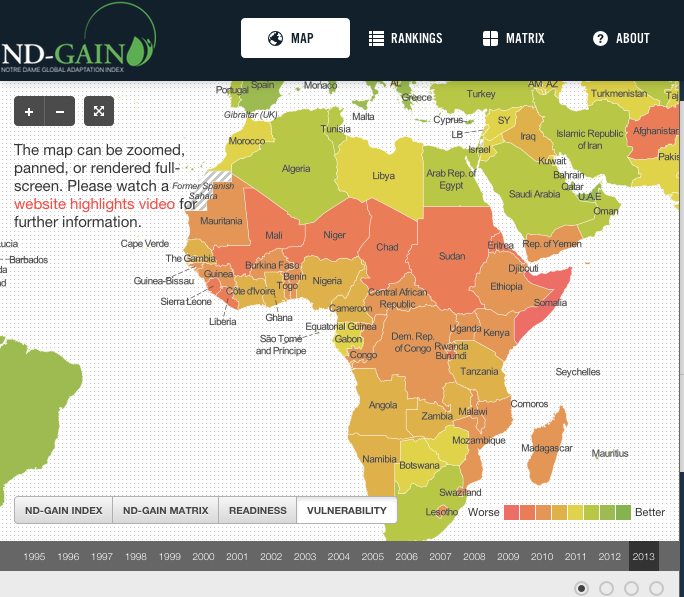This blog originally appeared on Triple Pundit. See here.
Given the typical irreverence of Chicago Mayor Rahm Emanuel, I’m pondering something I think he might like to know: He could be the Screwworm Mayor.
Some of you may know that the lowly screwworm threatened Southwestern cattle in the 20th century, decimating Texas ranchers’ livestock with the wasting disease it triggered. The tenacity of those hard-scrabble ranchers in the Southwest Cattleman’s Association eradicated this invasive pest by introducing of millions of screwworm flies sterilized by radioactivity. (You with me, Rahm.) The Association contends that this was the most beneficial 20th-century program to livestock producers than any other.*
As science and policy swirls around the introduction of sterile male mosquitoes to help eliminate the global scourge of malaria in some regions, Chicago has its local version. Here’s our story: In 1986, the mosquito Aedes albopictus – also known as the Asian tiger mosquito – arrived by way of standing water in used tires (which had come full circle from stripped rubber rings in the U.S., then via ship to Asia to be retread and home again) and bamboo.
The mosquito survived in Chicago, despite being well outside its native range, because of the urban heat island effect that increases the temperature of urban areas with lots of black, heat-trapping surfaces. (Think: tar paper roofs and asphalt roads and parking lots.) In the meantime, while shipping rules for tires and bambooprevented the introduction of more of these pests, every year (10 generations in a mosquito’s life) some live on in Chicagoland, contributing to our mosquito population. As the climate changes, the range for this mosquito will move north.
What if Chicago established a Midwest Mosquito Infertility Association, introducing sterile males specifically for this invasive pest, thus halting that progression?
While mosquito fertility is a topic of much debate, the unique situation of Tigris mosquitos in Chicago gives us a chance to control this experiment and address two of the biggest issues in that debate: One, the population affected isn’t over an entire continent or state (making it harder to eradicate, given the scale of effort), and two, the population is not native to the area (thereby, the web of life does not depend on its existence to keep itself in balance).
Let’s give those tiger mosquitos a wrangle!
*Update: Those sterile males may need to be called back into service. The Washington Post reported this fall: Screwworm outbreak in Florida deer marks first U.S. invasion of the parasite in 30 years.












